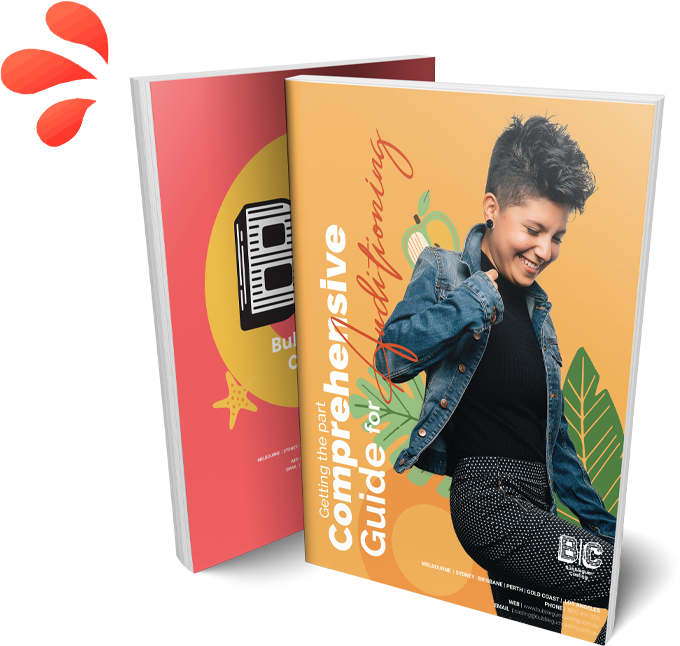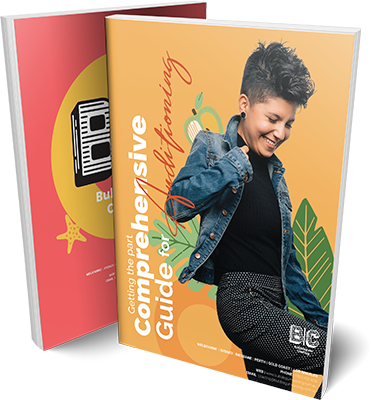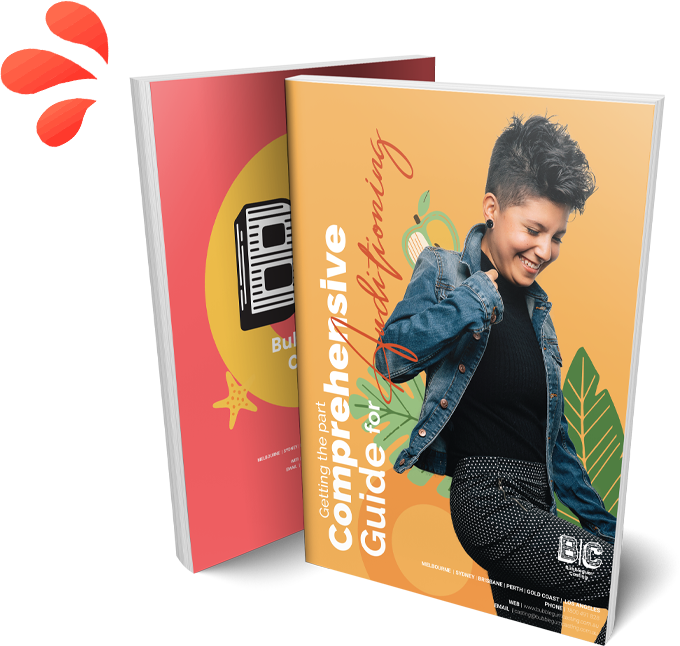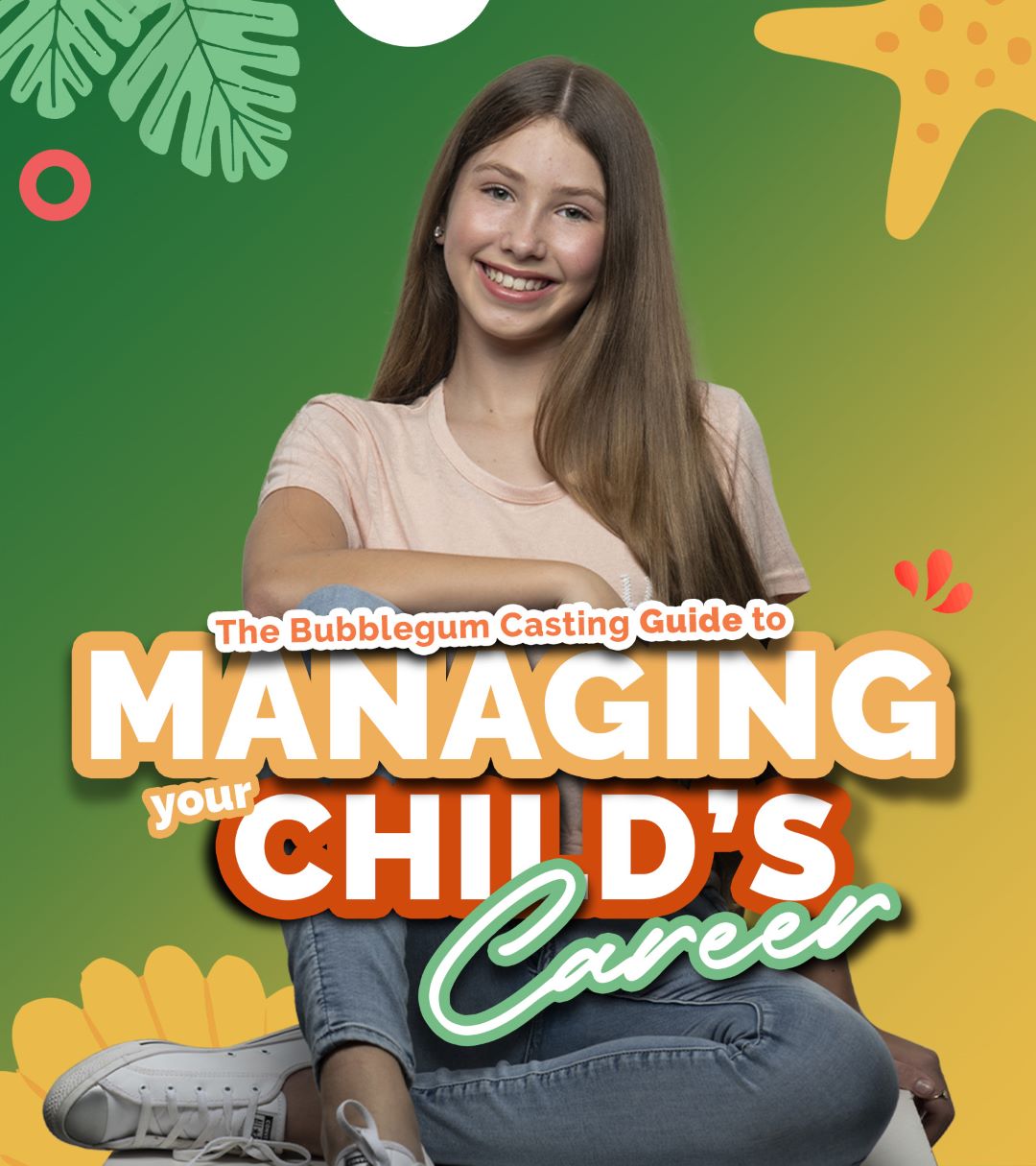Key Casting Call Terms You Need to Know
Acting glossary
Casting Call
A casting call is an open invitation for actors, models, or performers to audition for specific roles in upcoming productions. These announcements provide details about the project, character descriptions, audition dates, and requirements. Responding promptly and preparing adequately can significantly enhance your chances of success.
Audition
An audition is a performance test where talents showcase their skills to casting directors and producers. It’s an opportunity to demonstrate suitability for a particular role. Auditions can vary in format, from reading specific scenes (sides) to performing monologues or improvisations. Being well-prepared and adaptable is key.
Sides
Sides are specific excerpts from a script provided to actors before or during an audition. They help assess an actor’s ability to portray a character authentically. Familiarizing yourself with the sides and understanding the context can make your performance more compelling.
Callback
A callback is a follow-up audition where selected actors are invited to re-audition. It indicates that the casting team is interested in your potential. During callbacks, you might be asked to perform additional scenes or engage in chemistry reads with other actors.

Cold Reading
Cold reading involves performing a script or scene with little to no prior preparation. It tests an actor’s ability to quickly interpret and deliver material. Developing strong cold reading skills can set you apart in auditions.Cattle Call
Also known as an open audition, a cattle call is a large-scale audition open to the general public. Hundreds or even thousands of performers might attend, each vying for a limited number of roles. Standing out in such settings requires confidence and a unique approach.
Breakdown
A breakdown is a detailed description of a character, including age, gender, ethnicity, personality traits, and other essential attributes. Casting directors use breakdowns to specify what they’re looking for, guiding agents and actors in the submission process.
Slate
Slating is the act of introducing oneself on camera before an audition begins. Typically, it includes stating your name, agency representation, and the role you’re auditioning for. A clear and confident slate sets a positive tone for your audition.

Understudy
An understudy is a performer who learns the part of a specific character or characters. Should the primary actor be unable to perform, the understudy steps in. This role requires dedication and readiness to perform at a moment’s notice.
Reader
In auditions, a reader is an individual who reads other characters’ lines opposite the actor auditioning. A skilled reader can enhance an actor’s performance by providing appropriate cues and reactions.
Off-Book
Being off-book means having memorized your lines and no longer needing to refer to the script during rehearsals or performances. Achieving this allows for more natural interactions and deeper character development.
Equity
Equity refers to the union representing performers and stage managers. In Australia, this is known as the Media, Entertainment & Arts Alliance (MEAA). Membership offers various benefits, including contract negotiation and workplace protections.
Agent
An agent is a professional who represents talents, helping them secure auditions, negotiate contracts, and manage their careers. Building a strong relationship with a reputable agent can open doors to numerous opportunities.
Casting Director
A casting director is responsible for selecting suitable actors for roles in a production. They work closely with directors and producers to ensure the chosen cast aligns with the project’s vision. Understanding their expectations and preferences can be advantageous.
Screen Test
A screen test is a filmed audition to see how an actor appears and performs on camera. It helps assess suitability for film or television roles. Delivering a captivating screen test requires awareness of camera angles, lighting, and subtle expressions.

Typecasting
Typecasting occurs when an actor is repeatedly cast in similar roles based on their appearance or previous performances. While it can provide steady work, it may limit opportunities to showcase versatility.
Monologue
A monologue is a solo speech delivered by an actor, often used in auditions to showcase their range and depth. Choosing a monologue that resonates with you can make your performance more authentic.
Improvisation
Improvisation is the act of creating dialogue and action spontaneously, without a script. It demonstrates an actor’s creativity and quick thinking. Participating in improv workshops can enhance these skills.
Blocking
Blocking refers to the precise staging of actors to tell the story in theatrical productions. Understanding and remembering your blocking is essential for a seamless performance.
Call Time
Call time is the specific time an actor is expected to arrive on set or at the theater. Punctuality reflects professionalism and respect for the production team.
Green Room
A green room is a lounge area where performers wait when they are not needed onstage. It’s a space to relax, rehearse, or prepare mentally before a performance.Swing
A swing is a performer who learns multiple roles in a production and can step in when an ensemble member is unavailable. Their versatility and quick adaptability are invaluable assets.
Conclusion
Mastering industry terminology is a crucial step for any aspiring actor or model. By understanding what casting calls really mean and the jargon used in the entertainment world, you’ll feel more confident and prepared. At Bubblegum Casting, we’re committed to guiding our talents every step of the way — from deciphering casting call terms to acing auditions.
Are there any casting terms you’ve encountered that left you puzzled? Share them in the comments below, and let’s break them down together!

DOWNLOAD OUR
EBOOK ON
COMPREHENSIVE GUIDE FOR AUDITIONING
WANT TO BE A CHILD
ACTOR OR MODEL?
At Bubblegum, we represent some of Australia’s brightest young stars, but even so, we’re always on the lookout for fresh new faces and talent.
If your child is aged anywhere from 3 months to 18 years of age, and you think they might have what it takes to shine in front of a camera or on stage, then we want to hear from you.
We’ll set up a quick informal chat where we’ll get a feel for your child’s suitability for working in the industry.
The lucky kids that make it onto our books benefit from in-house workshops and coaching sessions to help them brush up on their skills. They’ll also get great advice and tips from the Bubblegum team, some of whom have worked as child models and actors themselves! We’ll even arrange a portfolio shoot with our in-house photographer.
We want all the kids on our books to have their chance to shine and if that means working twice as hard to make it happen, then that’s what we’ll do!






